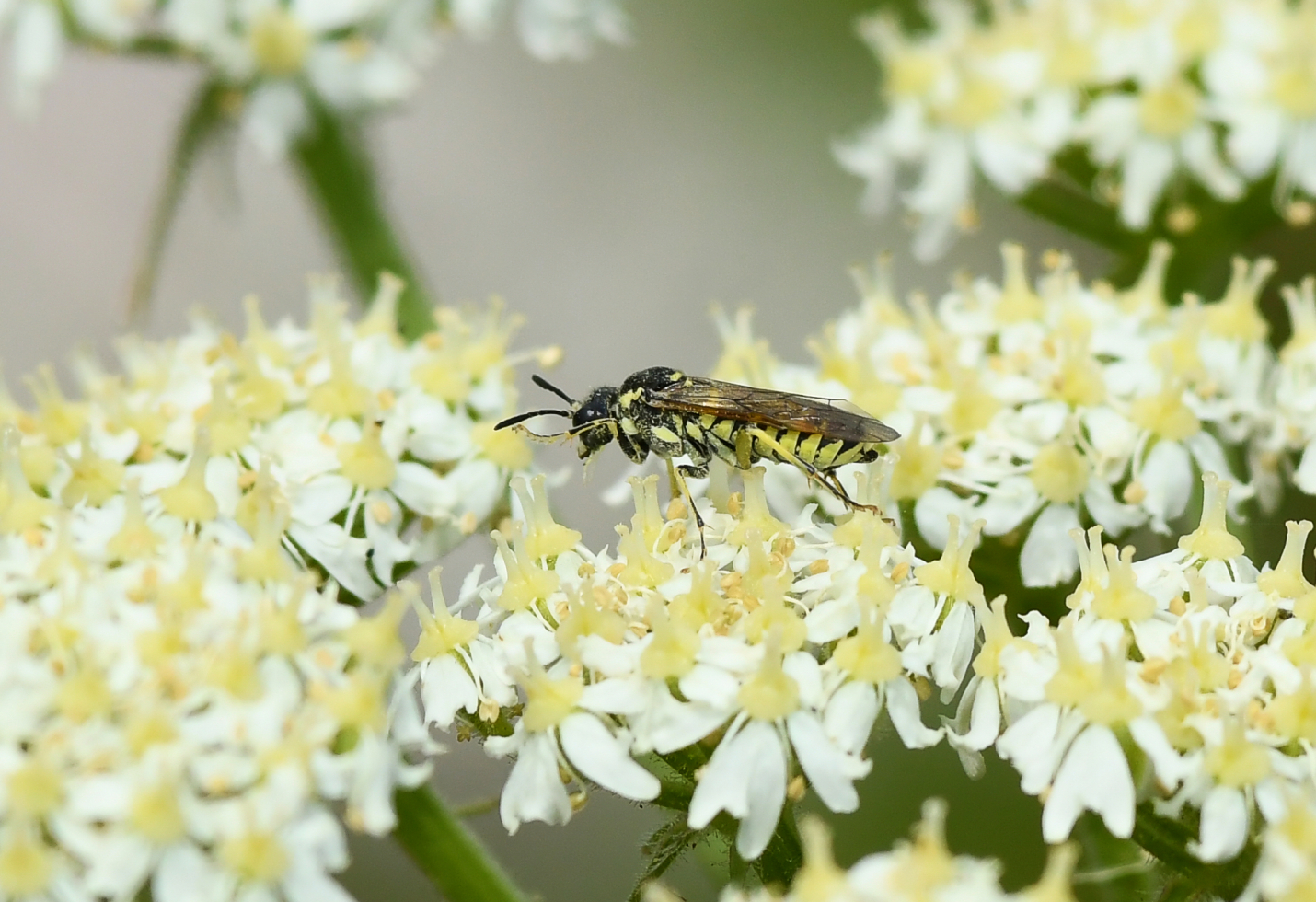I think I'll be avoiding trying to identify multiple insect species in the future, maybe one or two per post. The results are inconclusive and it's not the first time I've went back later after finding a better candidate, and even then there's often doubt.
I'm off to have a coffee and moan to Olive that there are too many similar species and not enough detail, at least what I can find.
Don't leave now though, I might have got them all correct, if not just look at the photos and marvel at evolution and diversity (not the dance group).
No insect videos, too windy and subjects wouldn't stay still. I do have two taken on one of my Corn Bunting surveys, both below and in UHD as usual.
Corn Bunting male, from the roadside Song Thrush singing
No insect videos, too windy and subjects wouldn't stay still. I do have two taken on one of my Corn Bunting surveys, both below and in UHD as usual.
Corn Bunting male, from the roadside Song Thrush singing
Common Blue Butterfly male. Starting with the cute and colourful ones and working down in stages to a blowfly, via some interesting insects, one with an unusual courtship story
I have this one as a male Common Blue, colours are probably not true in all photos and they were taken using two cameras with totally different lenses. Did I mention my walking companions kept leaving me behind, thus scaring everything before I caught up
And this is the female Common Blue
These are Early Bumblebees, very small and difficult to photograph with my birding setup
You can see the hairy face, two yellow bands and an orange tail. I'll come back to these when I've confirmed more about their identities. Or you could search online for yourself!
According to my interpretation of my insect book, this is a Dance Fly Empis tessellata and is conspicuous on flowers and vegetation in late spring. The male has to capture some prey to present to the female before she will mate!
same species different view
Although it's not obvious, unless you count the wings, this is a mating pair
This one made it here as I was delighted with the quality of the photo from a long lens at 2-3 metres
This I'm sure, is a Yellow-sided Clover-sawfly female, Tenthredo notha. The online site I looked at said it is difficult to identify in the field but the Steven Falk Flickr site shows this one above
A drone hovering quite close, which I think was filming kayakers. Everyone wants a video for their Instagram or Facebook, let's hope it's not on the Inshore Lifeboat crew's head-cams!
A Drone Fly Eristalis tenax, millions of years evolution, no Chinese (DJI) technology required here, and powered by nature
Hoverfly Platycheirus manicatus with strongly protruding mouth parts, only one other species has similar mouth parts so I've got a 50/50 chance here
Best effort for this one was an Ashy Mining Bee Andrena cineraria. Further research shows it's most likely a Cheilosia illustrata female, an unmistakable large Cheilosia that does a rather unconvincing impersonation of a bumblebee. It is widespread and locally common in Hogweed-rich habitats
Hopefully this is a Buffish Mining Bee Andrena nigroaenea
Patchwork Leaf Cutter Bee Megachile is my best guess
At last an easy one, Buff-tailed Bumblebee
This one is at the bottom as Olive "doesn't like flies" perhaps without them and many more species we'd be up to our knees in the dead organisms these clean up (eat, or their grubs do)





















No comments:
Post a Comment